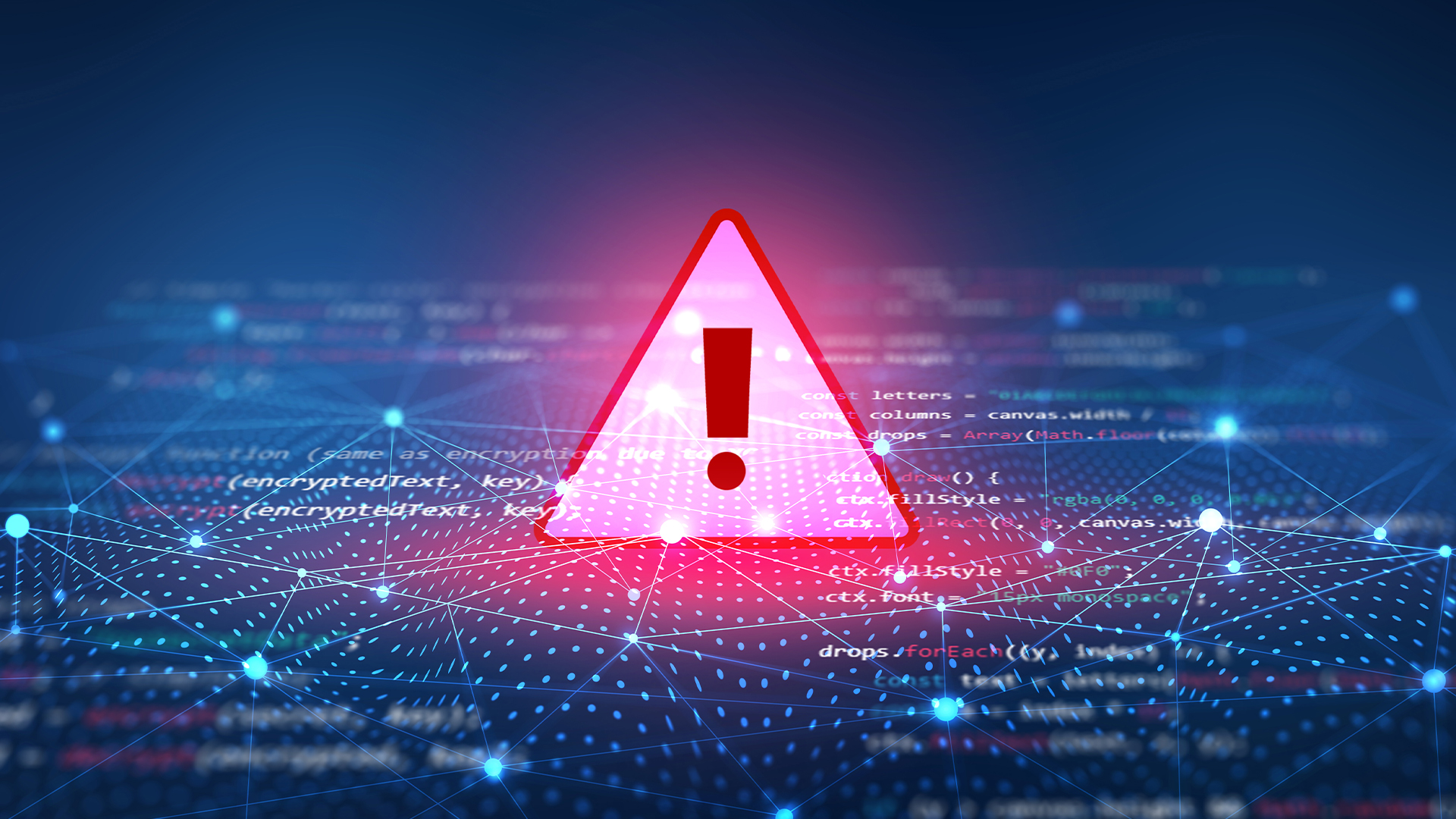Kaspersky Password Manager generates passwords that can be 'cracked in seconds'
A now-patched vulnerability means specialised tools can game Kaspersky's method for creating passwords


Kaspersky Password Manager (KPM) is embedded with several problems that mean the passwords it generates can be cracked “in seconds”.
Like many password managers, KPM securely stores passwords and documents in an encrypted vault that’s protected with a master password. Users can also generate random, strong passwords for the apps and services they use, which purport to be more secure than human-generated passwords.
Kaspersky Internet Security 2020 review: Fast, cheap and accurate Kaspersky grants healthcare bodies free security software LastPass is crippling its free tier. Here’s how to ditch it
Researchers, however, found the mechanism Kaspersky’s password manager uses to generate these random passwords is flawed. The method is also exploitable to the extent these passwords can be cracked using brute force techniques in seconds, according to researchers with Ledger Donjon.
Kaspersky has assigned this vulnerability the tag CVE-2020-27020, and has published a security advisory regarding this flaw. The issue has now been patched, but several versions of KPM are affected including version 9.0.2 Patch F and earlier on Windows, version 9.1.14.872 and earlier on Android, and version 9.2.14.31 and earlier on iOS.
The built-in password generator creates passwords from a given policy, with users able to set policy settings to change password length and include uppercase letters, lowercase letters, digits and a custom set of special characters. By default, KPM generates 12-character passwords with an extended chart set.
The generation process is a complex method but effectively means that letters such as q, z and x are more likely to appear in passwords generated by KPM than the average password manager. Once any given letter is generated, it heavily skews the probability of other letters appearing in the same password.
The method has been implemented to trick standard password cracking tools, according to Ledger Donjon researcher Jean-Baptiste Bédrune, which try first break probable passwords, such as those generated by humans.
Sign up today and you will receive a free copy of our Future Focus 2025 report - the leading guidance on AI, cybersecurity and other IT challenges as per 700+ senior executives
Passwords generated by KPM will be far in the list of candidate passwords tested by standard cracking tools, so attackers will likely be waiting a long time before they encounter a KPM password when attempting to crack a list of passwords.
If, however, an attacker knows the password has been generated by KPM, they can adapt their tool around the model KPM uses to generate the password. As they’re biased to some extent, this can be abused to generate the most probable passwords generated by this tool.
RELATED RESOURCE

Owning your own access security
The key to building strong cloud security and avoiding the risk of vendor lock-in
“We can conclude that the generation algorithm in itself is not that bad: it will resist against standard tools,” Bédrune said. “However, if an attacker knows a person uses KPM, he will be able to break his password much more easily than a fully random password. Our recommendation is, however, to generate random passwords long enough to be too strong to be broken by a tool.”
The only source of entropy the password generator used, too, was time, and there was a one-second animation between generated passwords. This means that if every user generated a password at the same time, they would see the same generated password.
Bédrune suggests the result is that every password could be brute-forced, especially if hackers know the creation date of an account.
“Kaspersky has fixed a security issue in Kaspersky Password Manager, which potentially allowed an attacker to find out passwords generated by the tool,” a Kaspersky spokesperson told IT Pro.
“This issue was only possible in the unlikely event that the attacker knew the user’s account information and the exact time a password had been generated. It would also require the target to lower their password complexity settings.
“The company has issued a fix to the product and has incorporated a mechanism that notifies users if a specific password generated by the tool could be vulnerable and needs changing. We recommend that our users install the latest updates. To make the process of receiving updates easier, our home products support automatic updates.”

Keumars Afifi-Sabet is a writer and editor that specialises in public sector, cyber security, and cloud computing. He first joined ITPro as a staff writer in April 2018 and eventually became its Features Editor. Although a regular contributor to other tech sites in the past, these days you will find Keumars on LiveScience, where he runs its Technology section.
-
 Google Cloud teases revamped partner program ahead of 2026
Google Cloud teases revamped partner program ahead of 2026News The cloud giant’s new-look partner ecosystem shifts focus from activity tracking to measurable customer outcomes
-
 Most data centers are built in unsuitable climates – and it’s seriously impacting efficiency
Most data centers are built in unsuitable climates – and it’s seriously impacting efficiencyNews Research shows that many data centers are in environments that are too hot, potentially risking safety
-
 Two Fortinet vulnerabilities are being exploited in the wild – patch now
Two Fortinet vulnerabilities are being exploited in the wild – patch nowNews Arctic Wolf and Rapid7 said security teams should act immediately to mitigate the Fortinet vulnerabilities
-
 Everything you need to know about Google and Apple’s emergency zero-day patches
Everything you need to know about Google and Apple’s emergency zero-day patchesNews A serious zero-day bug was spotted in Chrome systems that impacts Apple users too, forcing both companies to issue emergency patches
-
 Security experts claim the CVE Program isn’t up to scratch anymore — inaccurate scores and lengthy delays mean the system needs updated
Security experts claim the CVE Program isn’t up to scratch anymore — inaccurate scores and lengthy delays mean the system needs updatedNews CVE data is vital in combating emerging threats, yet inaccurate ratings and lengthy wait times are placing enterprises at risk
-
 IBM AIX users urged to patch immediately as researchers sound alarm on critical flaws
IBM AIX users urged to patch immediately as researchers sound alarm on critical flawsNews Network administrators should patch the four IBM AIX flaws as soon as possible
-
 Critical Dell Storage Manager flaws could let hackers access sensitive data – patch now
Critical Dell Storage Manager flaws could let hackers access sensitive data – patch nowNews A trio of flaws in Dell Storage Manager has prompted a customer alert
-
 Flaw in Lenovo’s customer service AI chatbot could let hackers run malicious code, breach networks
Flaw in Lenovo’s customer service AI chatbot could let hackers run malicious code, breach networksNews Hackers abusing the Lenovo flaw could inject malicious code with just a single prompt
-
 Industry welcomes the NCSC’s new Vulnerability Research Initiative – but does it go far enough?
Industry welcomes the NCSC’s new Vulnerability Research Initiative – but does it go far enough?News The cybersecurity agency will work with external researchers to uncover potential security holes in hardware and software
-
 Hackers are targeting Ivanti VPN users again – here’s what you need to know
Hackers are targeting Ivanti VPN users again – here’s what you need to knowNews Ivanti has re-patched a security flaw in its Connect Secure VPN appliances that's been exploited by a China-linked espionage group since at least the middle of March.